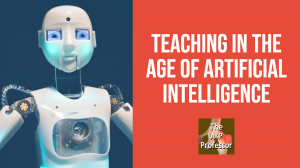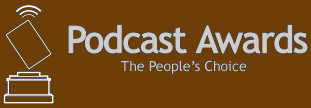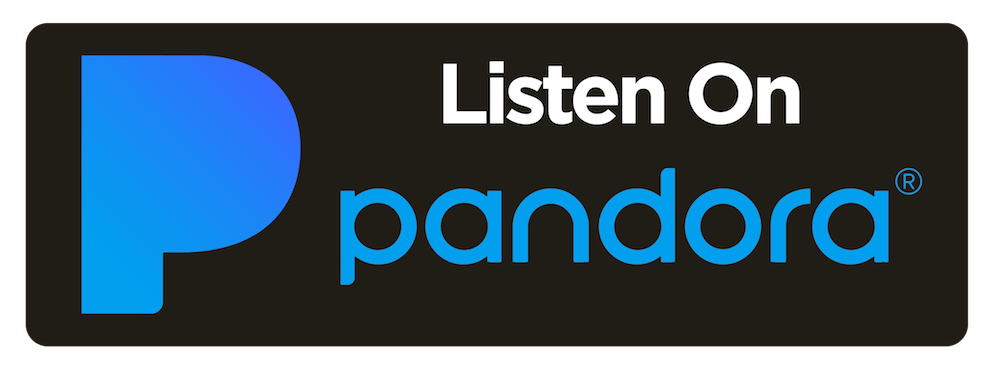The Storytelling Special
TAPP Radio Episode 48
Quick Take
00:49 | Special Series
05:24 | Storytelling in the A&P Course
20:14 | Storytelling is a Human Skill
22:16| Sponsored by HAPS
22:38 | Playful & Serious Stories
36:43 | Sponsored by AAA
37:01 | Cells Hate Calcium
43:52 | Sponsored by HAPI Online Graduate Program
44:18 | Actin & Myosin in Love
56:03 | Podcast Award Nomination
56:56 | Last Best Story
Listen Now!
(There is no Preview available for this special episode)
To be playful and serious at the same time is possible, and it defines the ideal mental condition. (John Dewey)
1 | Special Series of Episodes
4.5 minutes
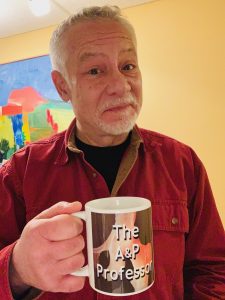
These specials are single-topic-ish recasts of some of the major themes from the past 18 months of this podcast. A mix of old and new. But mostly, the classic stuff that we’ll benefit from reviewing and reflecting upon.
The general topic of this special episode revolves a recurring theme of this podcast:
teaching as a form of storytelling
Get your own hip mug for A&P teachers! my-ap.us/2lnFsGd
2 | Storytelling in the A&P Course
15 minutes
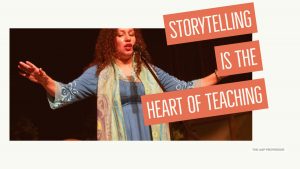
- First released as Segment 3 in Storytelling is the Heart of Teaching A&P | Episode 12
- Educational Uses of Digital Storytelling (website with many resources) my-ap.us/2uwk6ul
- Crash Course in Storytelling (book on the basics of storytelling) amzn.to/2GprR6B
- Long Story Short: The Only Storytelling Guide You’ll Ever Need (book; the title says it all) amzn.to/2GYXm8Q
3 | Teachers vs. Robots | AI in Teaching
Artificial intelligence (AI) is seen by some as the emerging technology to replace teachers. Really? How should we respond? In Episode 47, I suggest that developing the uniquely human (and humane) skills—such as storytelling—is our best strategy. This is a clip taken from the middle of that segment.
- First heard as part of Segment 1 of The Human Microbial System | Episode 47
- 3 Necessary Skills for Educators in the Era of A.I. (Article posted by Raj Shah at Getting Smart) my-ap.us/2ZUdjFo
- How Storytelling Works in the Brain and Why We Need Stories (another post at Getting Smart) my-ap.us/2ZUuhUh
- Storytelling is the Heart of Teaching A&P | Episode 12
- Actin & Myosin – A Love Story | Episode 15
4 | Sponsored by HAPS
0.5 minutes
 The Human Anatomy & Physiology Society (HAPS) is a sponsor of this podcast. You can help appreciate their support by clicking the link below and checking out the many resources and benefits found there. AND mention your appreciation to the HAPS leadership while you are at the conference—or anytime that you communicate with them.
The Human Anatomy & Physiology Society (HAPS) is a sponsor of this podcast. You can help appreciate their support by clicking the link below and checking out the many resources and benefits found there. AND mention your appreciation to the HAPS leadership while you are at the conference—or anytime that you communicate with them.
5 | Playfulness & Seriousness
14 minutes

- First released as Segment 3 of Playful & Serious Is the Perfect Combo for A&P | Episode 13
- Refers to Storytelling is the Heart of Teaching A&P | TAPP Radio 12 (where the story of storytelling in A&P begins)
- Frog pop-ups (toys similar to those described by Kevin in this episode) amzn.to/2J7o2Vw
- Books by John Dewey (book sales help defray podcast expenses) amzn.to/2JaAQdF
- Metaphors & Analogies: Power Tools for Teaching Any Subject (book that addresses many issues, including English-language learners) amzn.to/2E8MIcH
6 | Sponsored by AAA
0.5 minute
The searchable transcript for this episode, as well as the captioned audiogram of this episode, are sponsored by The American Association of Anatomists (AAA) at anatomy.org. Their big meeting is in April at the Experimental Biology (EB) meeting in Orlando FL. Check it out!
7 | Cells Hate Calcium (and Sodium) but Love Potassium
7 minutes
A simple analogy can help students remember a recurring principle about cell behavior involving important ions.
-
- First aired as Segment 2 in Running Concept Lists Help Students Make Connections | Episode 8
- Cells hate calcium! (a blog post for students; you can link to this page from your course) my-ap.us/2XxsRlh
8 | Sponsored by HAPI Online Graduate Program
0.5 minute
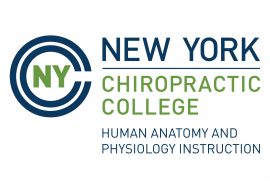 The Master of Science in Human Anatomy & Physiology Instruction—the MS-HAPI—is graduate program for A&P teachers. A combination of science courses (enough to qualify you to teach at the college level) and courses in instructional practice, this program helps you power up your teaching. Kevin Patton is a faculty member in this program. Check it out!
The Master of Science in Human Anatomy & Physiology Instruction—the MS-HAPI—is graduate program for A&P teachers. A combination of science courses (enough to qualify you to teach at the college level) and courses in instructional practice, this program helps you power up your teaching. Kevin Patton is a faculty member in this program. Check it out!
9 | Actin & Myosin: A Love Story
12 minutes

- First aired as Segment 2 in Actin & Myosin – A Love Story | Episode 15
- Refers to Episode 12: Storytelling is the Heart of Teaching A&P (introduces the strategy of storytelling)
- Refers to Episode 13: Playful and Serious is the Perfect Combo for A&P (introduces the value of playful analogies)
- Survival Guide for Anatomy & Physiology (Kevin’s brief manual for A&P students features a version of the actin-myosin love story) amzn.to/2HBhVYo
- Excitation-Contraction Coupling in Skeletal Muscle: A Love Story? (article from HAPS Educator with a version of this story) my-ap.us/2FpUPlC
- Metaphors & Analogies: Power Tools for Teaching Any Subject (book that addresses many issues, including English-language learners) amzn.to/2E8MIcH
10 | Podcast Award Nomination
1 minute
The A&P Professor podcast needs additional nominations to get to the next round of The People’s Choice Podcast Awards. Lot more. Will you please take a moment to nominate this podcast? And ask your friends and relatives, even strangers, to also nominate us?
11 | Last Best Story in Adult Neurogenesis & ANS Pathways
12 minutes
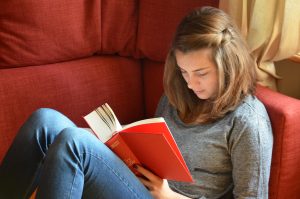
- First appeared as Segment 6 in The Last Best Story in Teaching Anatomy & Physiology | Episode 37
- Storytelling is the Heart of Teaching A&P | Episode 12 (where I introduce the idea of teaching as storytelling)
- Adult neurogenesis in the brain
- Running Concept Lists Help Students Make Connections | Episode 8 (where I first discuss this story)
- The Discovery of the Neuron (outlines the origin of central dogmas about neuroscience, including Ramón y Cajal’s role) my-ap.us/2FvvTde
- Neurogenesis in the adult human hippocampus (paper that established the idea that adult brain neurogenesis does occur) my-ap.us/2FxjzJO
- Human hippocampal neurogenesis drops sharply in children to undetectable levels in adults (paper that challenges the idea of adult brain neurogenesis) my-ap.us/2FtCxRk
- New Study Questions Confidence in Neurogenesis in the Adult Brain (article that summarizes the recent controversy) my-ap.us/2FwaMHS
- Are Learning Styles Real? Why or Why Not? | Episode 14 (where I bring up newer research on adult neurogenesis)
- New Evidence Suggests Aging Brains Continue to Make New Neurons (article by Francis Collins on the new paper) my-ap.us/2v89Ngo
- Human Hippocampal Neurogenesis Persists throughout Aging (new research paper in Cell)
- The last best story in adult neurogenesis?
- A New Look at Neurogenesis in Humans (blog post by Neuroskeptic, summarizing new perspectives) my-ap.us/2TDxTXU
- Recalibrating the Relevance of Adult Neurogenesis (article by Jason S. Snyder in Trends in Neurosciences) my-ap.us/2TEb5r4
- Running Concept Lists Help Students Make Connections | Episode 8 (where I first discuss this story)
- Are sacral autonomic pathways sympathetic or parasympathetic?
- Sacral Efferent Pathways are Sympathetic, Not Parasympathetic (summary from The A&P Professor blog) my-ap.us/2TJMHnS
- The sacral autonomic outflow is sympathetic (I. Espinosa-Medina, O., et al., of J.-F. Brunet lab’s in Science the proposed change; includes an updated version of the classic diagram of sympathetic and parasympathetic pathways) my-ap.us/2fNdcF3
- Neural circuitry gets rewired (Adameyko, I. in Science comments on the report cited above, stating that “This finding provokes a serious shift in textbook knowledge, and, as with any fundamental discovery, it brings important practical implications…” and goes on to mention of a few of the implications (e.g., how to treat bladder dysfunction) my-ap.us/2gg9O8P
- The Autonomic Nervous System. Part I. (John Newport Langley’s classic “primary source” that codified the modern concept of the ANS.) my-ap.us/2fYHt3M
- The sacral autonomic outflow is parasympathetic: Langley got it right (John P. Horn’s commentary in Clinical Autonomic Research; the last best story?) my-ap.us/2TCvwF5
- Sacral Efferent Pathways are Sympathetic, Not Parasympathetic (summary from The A&P Professor blog) my-ap.us/2TJMHnS
Need help accessing resources locked behind a paywall?
Check out this advice from Episode 32 to get what you need!
(If no link or player are visible, go to https://youtu.be/JU_l76JGwVw?t=440)
This podcast is sponsored by the
Human Anatomy & Physiology Society

This podcast is sponsored by the
Master of Science in
Human Anatomy & Physiology Instruction
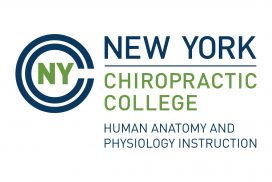
Stay Connected
The easiest way to keep up with new episodes is with the free mobile app:


Or you can listen in your favorite podcast or radio app.
Click here to be notified by blog post when new episodes become available (make sure The A&P Professor option is checked).
Transcript
To read a complete transcript of this episode,
click here.
The searchable transcript for this episode is sponsored by
The American Association of Anatomists.

Call in
Record your question or share an idea and I may use it in a future podcast!
Toll-free:
1·833·LION·DEN
(1·833·546·6336)
Local:
1·636·486·4185
Email:
podcast@theAPprofessor.org
Share

Last updated: December 23, 2020 at 9:44 am
